Honda sales implode under new 'agency' retail sales model
Honda Australia memorably boned its dealers on July 1st. Three months later, Honda sales have collapsed to a record low. If you’re a carmaker looking to fail, this is the roadmap…
Honda is the architect of its own incineration, which began shortly after the GFC, when the inventor of VTEC, stopped innovating.
So, in the washup of the financial crisis, Honda’s product quickly got old. That’s what zero innovation achieves. You stand still; the market moves on.
Mazda rapidly became what Honda was; the Nipponese innovator. Honda tried trading on its deserved reputation, which worked for a few years - longer than it should have, thanks to customer loyalty - but it wouldn’t last.
Here in Australia, Honda sales peaked at 60,500 units, which was sixth place in the market, back in 2007. And they sold between 30,000 and 60,000 vehicles for the best part of 20 years in the lead-up to their 2007 personal best.
Now they are in 18th spot, and, inelegantly, out-sold by GWM, LDV and MG. Who could have predicted that in the early 2000s? Certainly not me.
Honda was on such a roll, they had raucous, affordable, fun cars; anything ‘Type R’ was a cracker - the CR-X, the S2000 so neatly positioned between MX-5 and Boxster. #Respect.
And the Accord Euro - not the fat-arsed American Accord, the Euro - a family car you could also have fun driving, which felt rock-solid and came impressively equipped for the time, while even being the right price. The reputation they enjoyed was deserved. But anyway...
From an era of true automotive innovation, when boundaries were pushed, not copied.
On the local front, spectacular incompetence hasn’t helped. Profitability of Australian operations, or, rather, the lack thereof, became a board-level talking point back in Japan. That’s never good.
So, the options were to pull out completely, or appoint an independent distributor, like Ateco (see rustbucket LDV T60 report >>).
Option three was have a dealer cull, which they did, and while they were at it, they put the Jazz and the City to sleep forever, they raised prices (incredibly enough), they adopted an agency model, allowing them the loophole of price fixation - which is contrary to the interests of free-market operations and the legislation aimed at price fixing - but it’s technically allowed.
So, this desperation move by Honda Australia was enacted on July the 1st. Three months of sales data later, it’s not good.
Honda’s local sales were way below historic averages for July to September (inclusive) last year: 5348 units in total. Same period this year, under this ethically bankrupt anti-consumer ‘agency’ model: 2689 vehicles. That’s almost bang-on 50 per cent down. This is what a train wreck looks like in slow motion.
Clearly, some of this reduction is the elimination of Jazz and City, but that only accounts for about 20 per cent of Honda’s faceplant, year-on-year. Some of it is the computer chip fiasco, in which carmakers are essentially victims of their own cost-cutting stupidity.
But most of this implosion is more than a decade of brand mis-management, and taking the wrong step at every turn - including July the 1st.
A man who I presume lives in Canberra as the car industry’s talking lobbyist, Tony Weber recently used words to gently spin last month’s industry sales figures:
Weber, Tony Weber, selling the good vibes to the industry at FCAI headquarters, except for Honda Australia, which, being 50 per cent down, can only imagine what the average 21 per cent growth must feel like.
No proverbial rising to meet challenges lately down there at Honda’s Tullamarine base, I’d suggest. It’s more like, ‘Grab a bucket, or we’re goin’ under.’ Not much excitement for what might be possible in 2022.
HOW THE HONDA EMPIRE FELL
Here's How Honda Lost its Mojo >>
Will Honda leave Australia? >>
Honda backfoot: fixed-pricing, fewer dealers, new business model >>
My AutoExpert AFFORDABLE ROADSIDE ASSISTANCE PACKAGE
If you’re sick of paying through the neck for roadside assistance I’ve teamed up with 24/7 to offer AutoExpert readers nationwide roadside assistance from just $69 annually, plus there’s NO JOINING FEE
Full details here >>
Check out my Olight discount! These flashlights are awesome and Olight supports this channel.
Get 12% off your order using the code AEJC here: https://bit.ly/3zF5hCQ
HOW CAR MAKING WORKS: WHY HONDA IS IN BIG TROUBLE
Honda has, of course, previously said they were planning for reduced sales under the ‘agency’ model, instead suggesting they’re concentrating on profit now, rather than volume.
Except that the car industry is a mass production business, the whole point of which is to build and sell as many units as you can, to amortise the high capital costs across as many units as you possibly can - otherwise, you’re in trouble, basically. Ask any low-volume brand from the last 150 years of carmaking - ask all the dead brands how profit-only is working for them.
Even Ferrari has to make an SUV for the ‘masses’.
This is why carmakers who detest each other will still embrace the prospect of a three-way consortium, like Result, Nissan and Mitsubishi, Mercedes-Benz and Aston Martin, Ford and Volkswagen. It’s not about just money; it’s about survival.
A mass market carmaker simply cannot make fewer cars more profitably. Mass production doesn’t work that way and it’s a complete fantasy or an outright lie to spruik that. More is always better; you run three shifts at the factory, around the clock, 24/7, 365.
In this cut-throat environment, the worst position to be in is making cars nobody wants, because the fast track to oblivion is upon you - it’s compounding. Ask Holden.
There’s enormous capital cost wrapped up in every vehicle; lots of materials go into each unit. Not selling them is a cardinal sin, and even selling at a loss is better than not selling. It’s not ideal, but better.
CONSUMER SELF-HELP REPORTS
New car warranty doesn't matter: Only customer support does >>
New car lemon protection: This free consumer hack could save you >>
The top 5 lessons you need to know about new-car shortages in 2021 & 2022 >>
Remember in the pre-pandemic olden days, when we had End of Financial Year and End of Year sales, leading into June 30 and December 31 respectively? These were the catalysts for wholesale discounting, attracting customers like moths on a bare bulb.
That was mainly the car industry moving metal to overcome this inherent feature of mass production. Slashing margins means getting some money in the door. It’s better than none - especially when each unit costs a lot to make. Hence why the cars that weren’t selling always featured the biggest price cuts.
Honda Australia did not adopt the agency model because it is better for you, or better for their dealers - it’s neither. They did it out of sheer desperation, as I understand it, and clearly it’s not working. It’s just a smokescreen.
Until Honda addresses 13 long years of comprehensive failure to innovate and simply keep up, the company is toast.
How the mighty have fallen.
No retail model will succeed in this environment. What we see in a Honda showroom today is a bunch of outdated technology at the highest prices. It’s not really a surprise that this is failing. It’s just a matter of time.
And this is, essentially, the track Mercedes-Benz is potentially heading along, which I reported on here: Mercedes-Benz Australia ‘Shit Price Guarantee’ >> which kicks off in 2022.
Benz, of course, has stunning-looking product that drives well, so it’s unlike Honda in that respect, and at least stands a chance of survival. However, of course, Mercedes Australia is more of a customer support catastrophe (than Honda), and is a rather nightmarish brand to deal with outside of your warranty period. Honda at least still has reliability on its side.
The sun might be setting on Honda, sadly.
Anyway, both of these ethically bankrupt price-fixing brands are leveraging a convenient loophole, they’ve stoned their dealers, and are now attempting to skim more of the profit, while the blunt-toothed consumer regulator, known as the ACCC, looks the other way.
I’m sure the agency model seems like a good idea in the boardroom, except it’s almost guaranteed to fail.
Mercedes’s inherent cachet will probably prove more resilient than Honda, but ultimately, they’re both headed in the same direction.










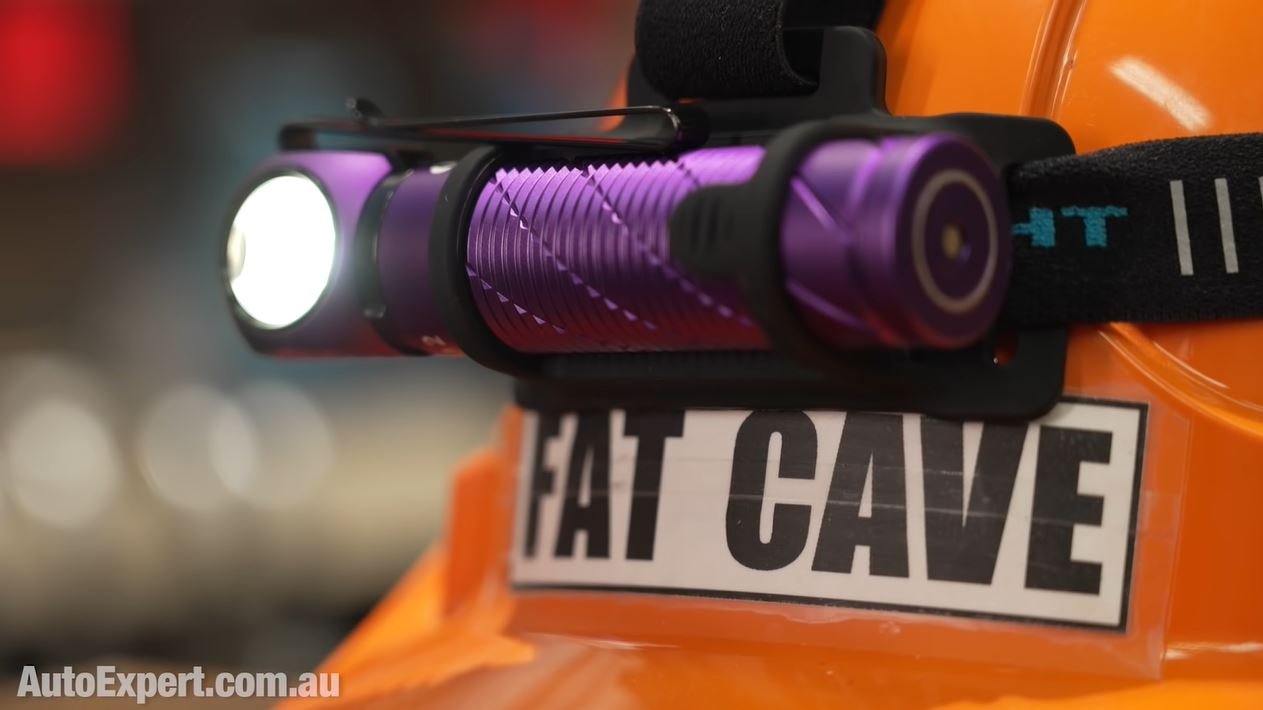
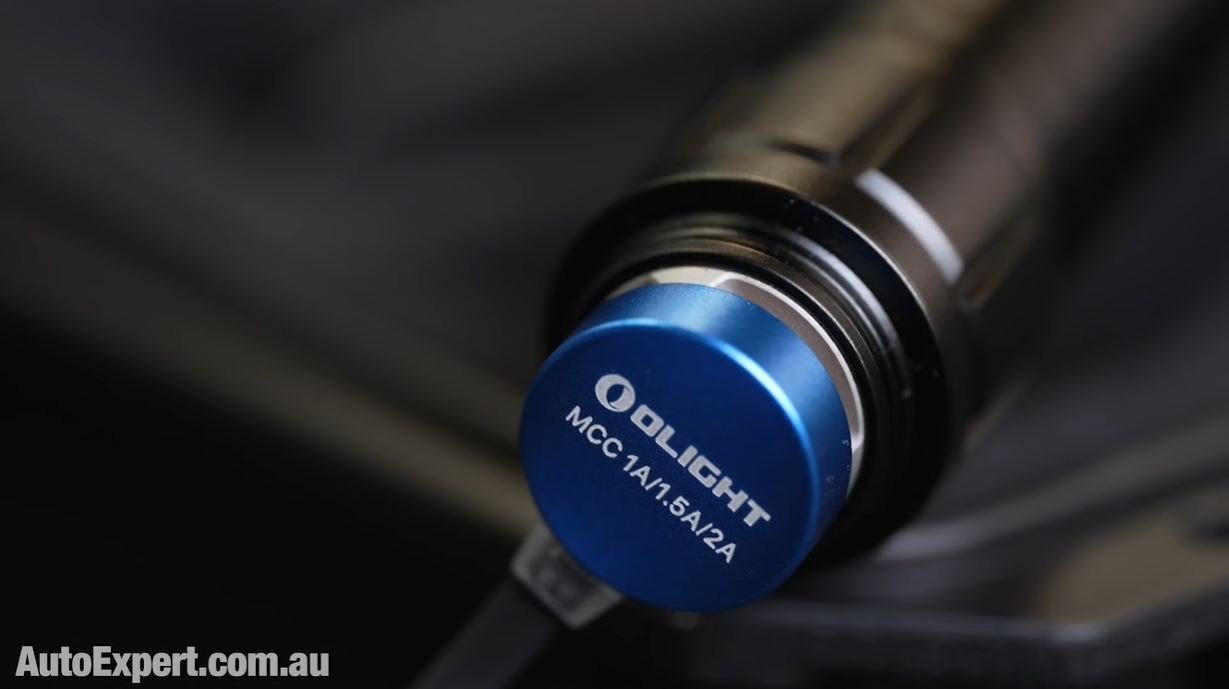
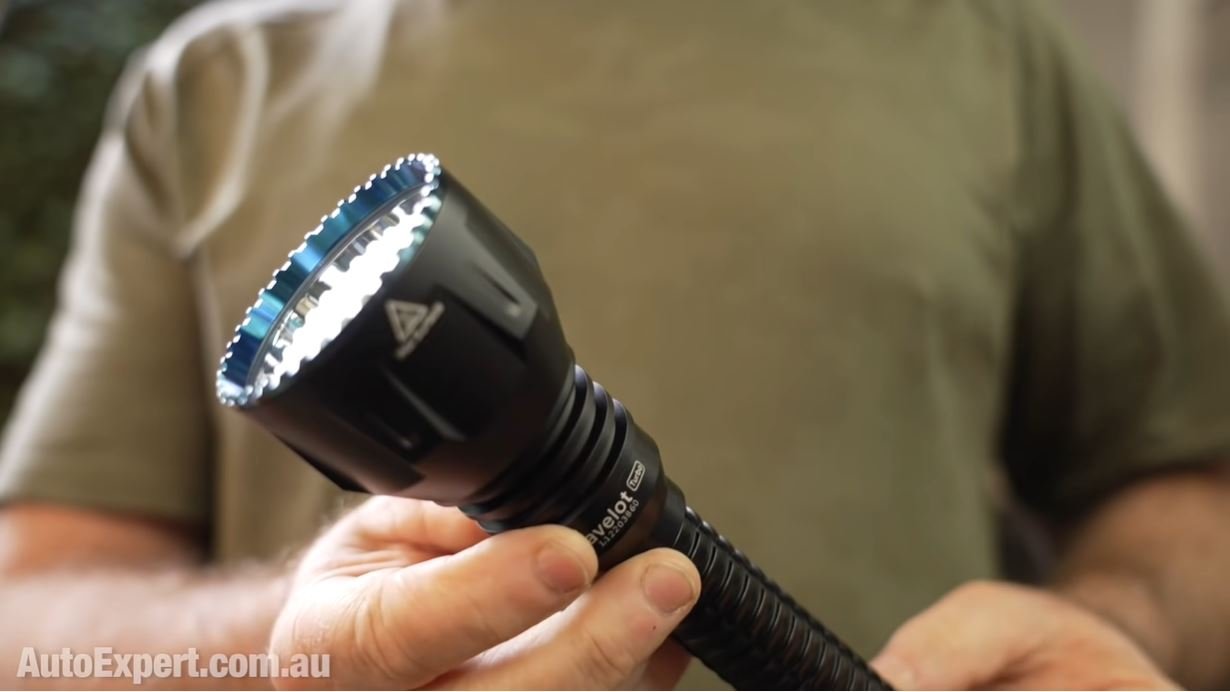
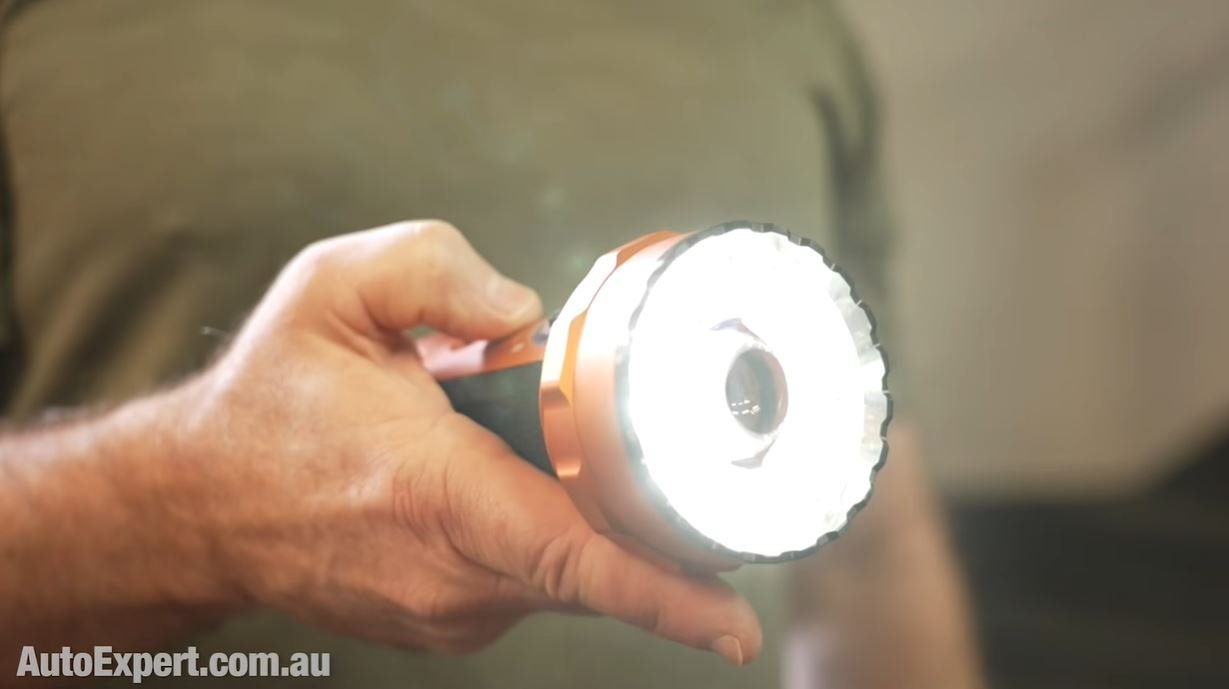




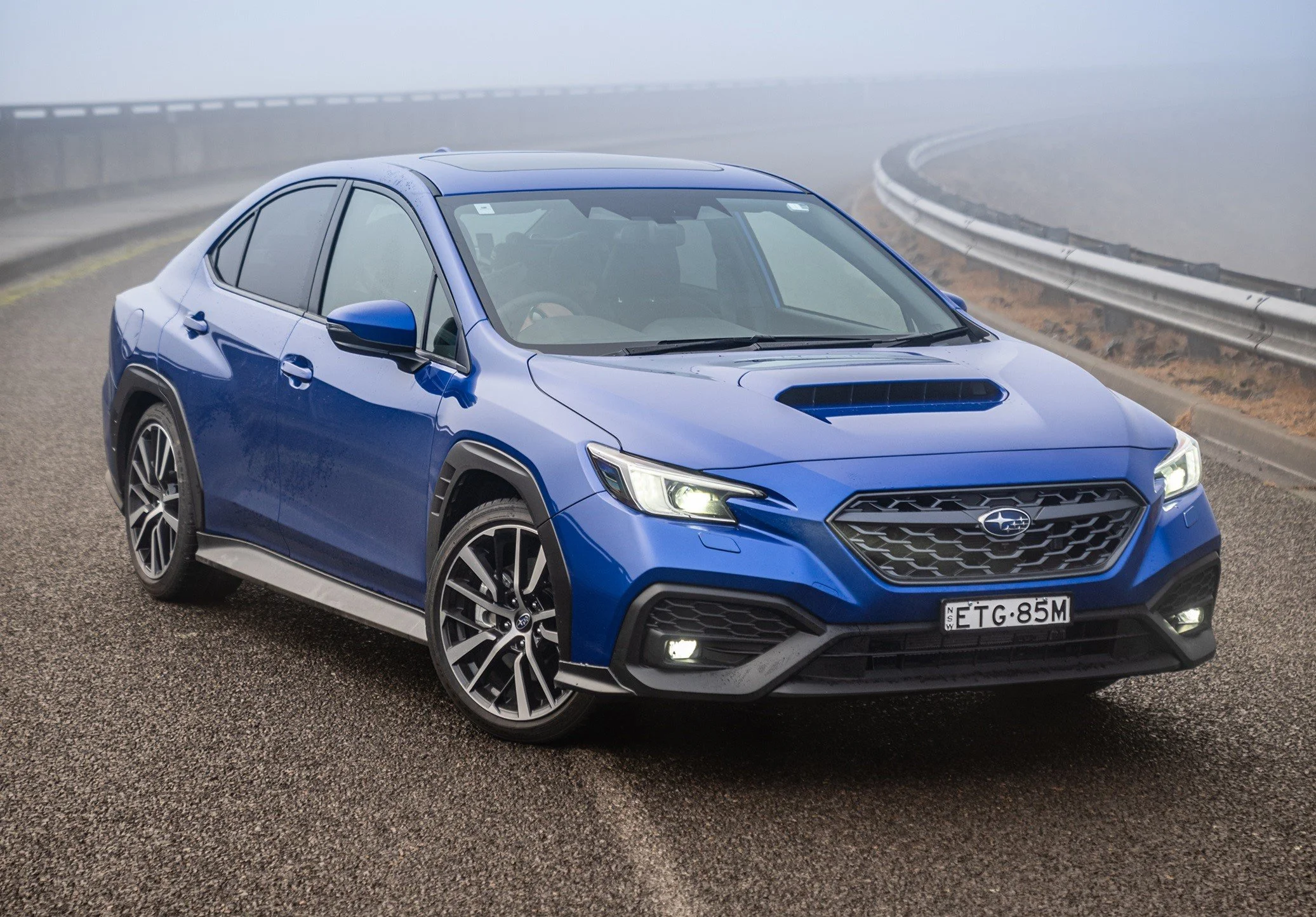






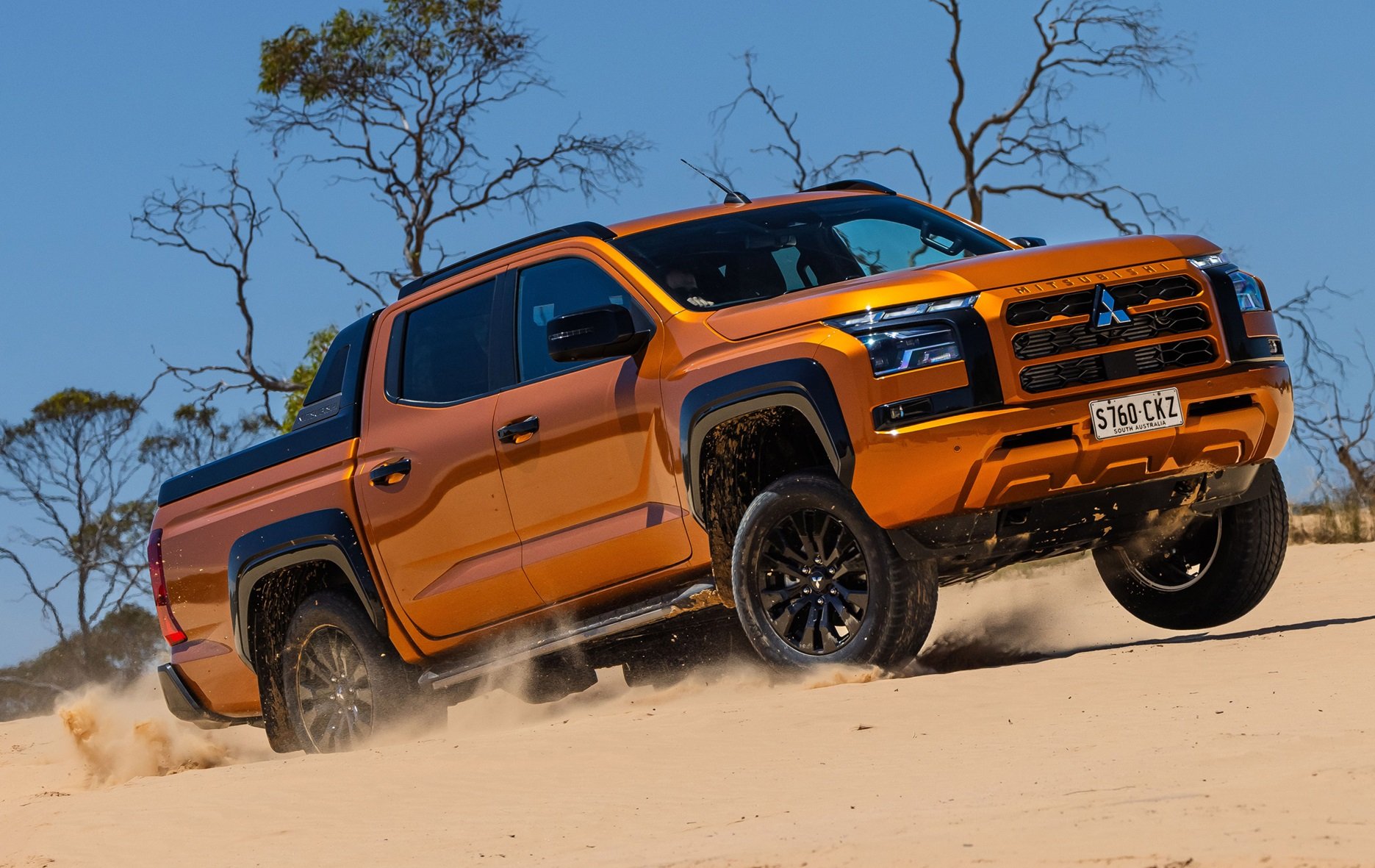

The Kia Sorento is as close to a prestige SUV as you can get, only without the big price. You would pay thousands more for an equivalent Mercedes or BMW, but a new seven-seat Sorento will be far more reliable and better value.